Photos show striking difference between Chinese veggie and Vietnam’s Da Lat produce
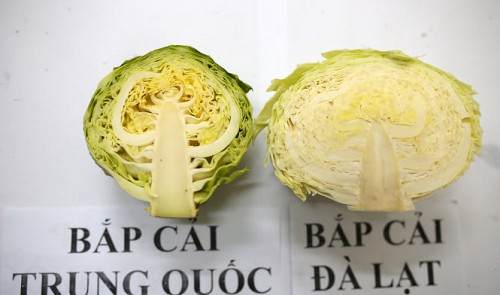
A vegetable cooperative is displaying Chinese and Da Lat produce in pairs at an agriculture fair in the Central Highlands city – known as Vietnam’s veggie kingdom – in a bid to give consumers useful tips not to be duped by the low-quality Chinese products.
Da Lat is a city that is the capital of Lam Dong Province, located in the Central Highlands.
Below are photos taken at the Anh Dao Da Lat Cooperative booth at the event, plus tips from industry insiders on how to detect Chinese green produce.
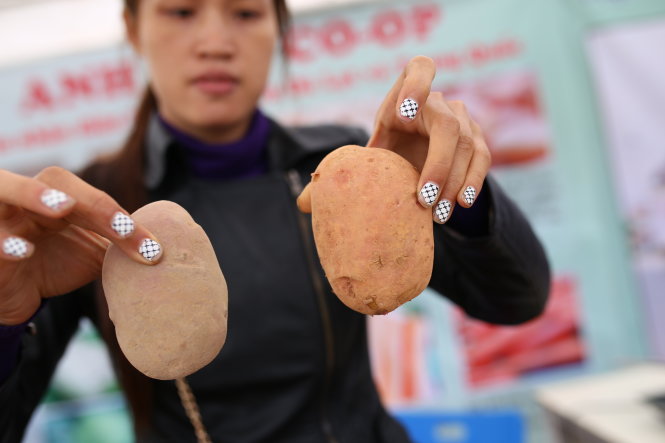
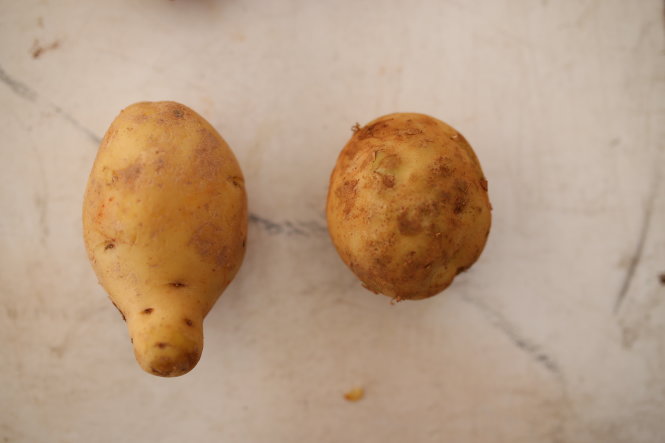
In both of the above photos, Chinese potatoes are on the left side.
Le Thi Thanh Nga, head of the quality division under the Plant Protection Department of Lam Dong Province, said Chinese potatoes are bigger in sizes while their skins are thicker, of darker yellow and have tiny spots. Chinese potato tubers are almost identical in shapes and sizes.
On the other hand, Da Lat potatoes have medium tubers with thin, light yellow skins that easily scratch. The tubers are not identical in shapes and sizes, Nga pressed.
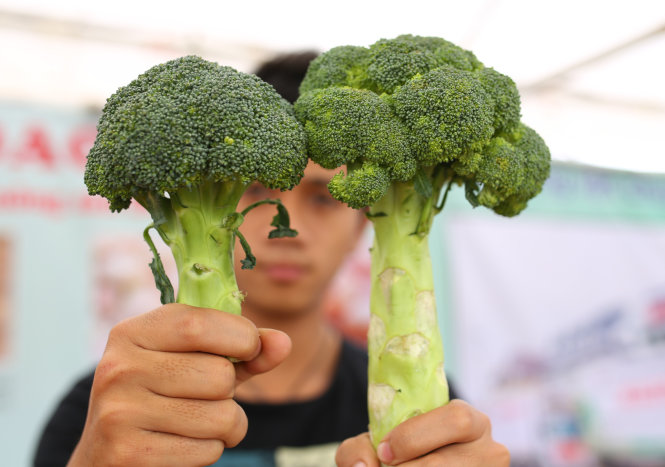
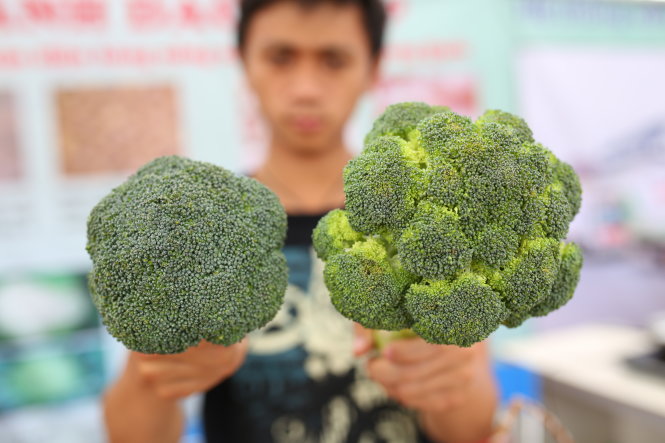
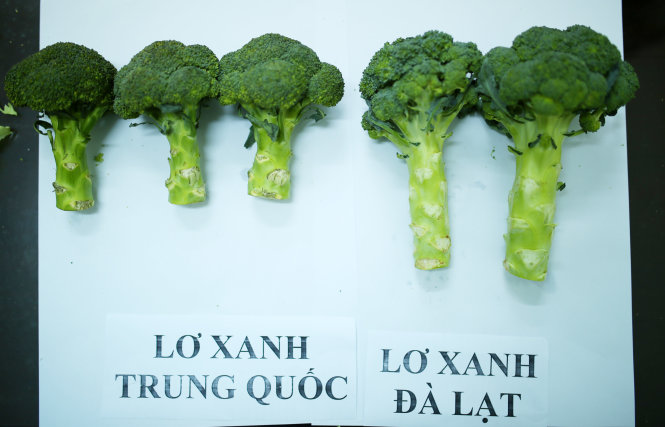
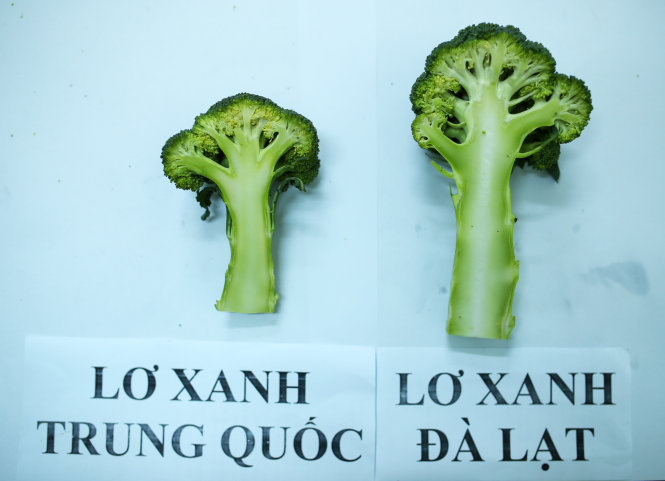
Chinese (L) and Da Lat broccoli
The edible flowering head of Da Lat broccoli is smaller than that of the Chinese-grown, according to Nga. The flowers are not identical, a bit rough, and have a gentle smell. The stems of the Da Lat broccoli also have a lighter green compared to the Chinese produce.
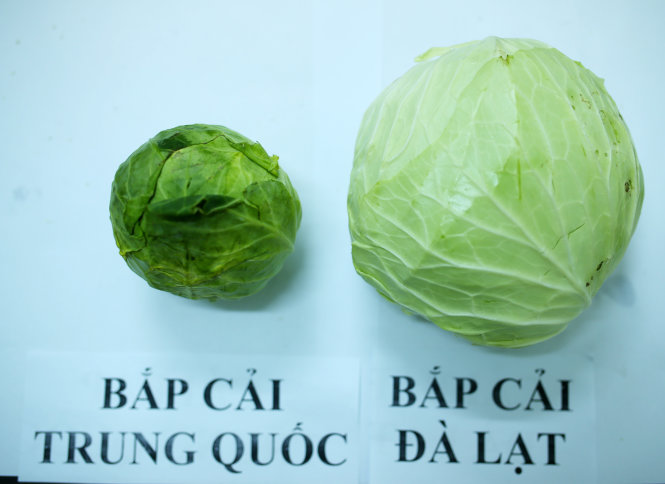
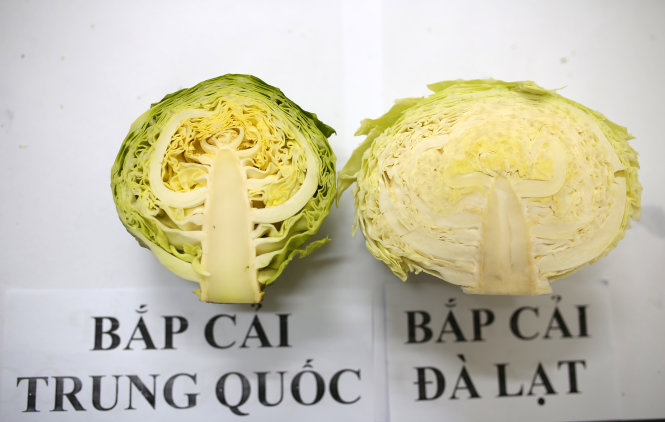
Chinese (L) and Da Lat cabbages
The Da Lat-grown cabbages have bigger and better shapes in comparison with the Chinese produce. The leaves are of lighter green and hard to peel. Chinese cabbages have darker green leaves which are easy to peel off.
Cabbage and broccoli are the two most typical delicacies of Da Lat.
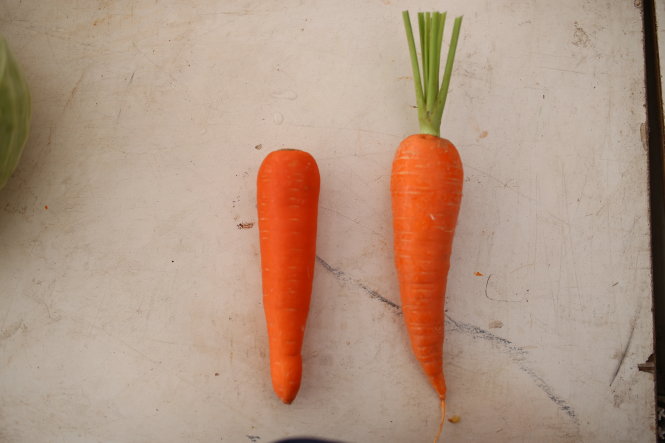
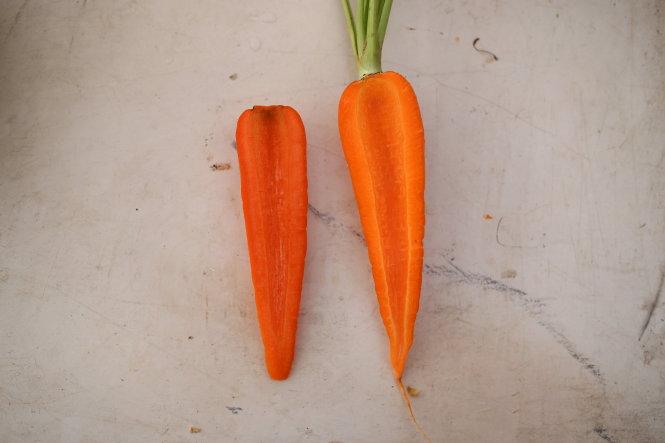
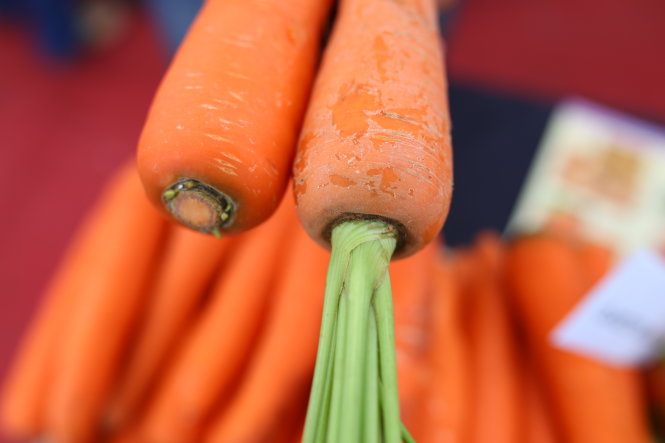
Chinese (L) and Da Lat carrots
“Chinese carrots are often longer, of darker red, and have no stems because they are rotten over the long transportation in frozen state,” Nga said. “And again, the Chinese carrots are almost identical in shapes.”
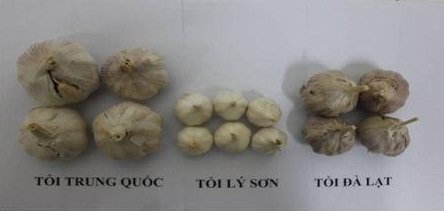
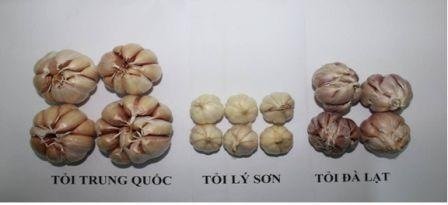
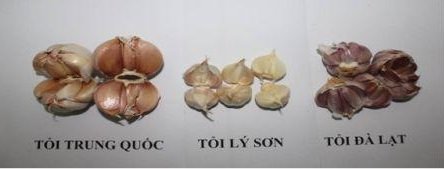
From left to right: Chinese, Ly Son (an island off central Vietnam), and Da Lat garlic
The photos say it all. Chinese garlic is way bigger than its Da Lat counterpart.
“Chinese garlic is easy to peel, and has white bulbs with no scent,” Nga said.
As for Chinese onions, Nga said the produce “has smoother skins and their leaves are not as white as the Da Lat vegetables.”
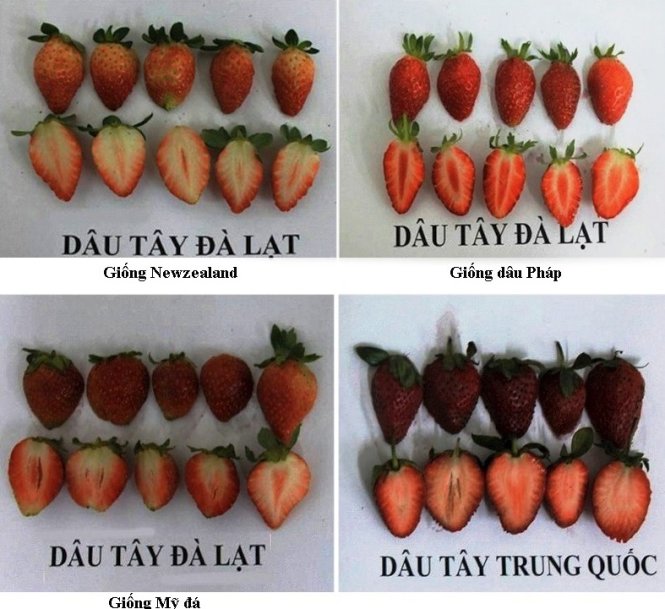
Chinese strawberries are at the right corner of the photo
Da Lat strawberries do not have identical shapes and sizes, and they are not wholly red as the Chinese fruits,” Nga said.
While Da Lat strawberries can be preserved at room temperature for only two days, the time is up to ten days in the case of the Chinese fruits.
“Strawberries currently fetch VND170,000 (US$8) a kg in Da Lat, but I know there are stores in Hanoi which sell the fruits for only VND25,000 ($1.2) a kg and claim they are from Da Lat,” Nguyen Cong Thua, director of Anh Dao Da Lat Cooperative, said.
Thua added the media have repeatedly warned consumers against buying Chinese fruit and vegetables disguised as Da Lat produce, but they have yet to provide illustrative photos to show their difference.
“The reputation of Da Lat produce has been hurt by the disguised Chinese veggies,” he said.
What the stars mean:
★ Poor ★ ★ Promising ★★★ Good ★★★★ Very good ★★★★★ Exceptional
Latest News
More News
- Businesses ramp up production as year-end orders surge (December 30, 2025 | 10:05)
- Vietjet chairwoman awarded Labour Hero title (December 29, 2025 | 13:06)
- How to unlock ESG value through green innovation (December 29, 2025 | 10:03)
- AI reshapes media and advertising industry (December 29, 2025 | 08:33)
- FPT and GELEX sign deal to develop blockchain tech for global markets (December 29, 2025 | 08:29)
- Vietnam’s GDP forecast to grow by 9 per cent in 2026 (December 29, 2025 | 08:29)
- Women entrepreneurs are key to Vietnam’s economic growth (December 29, 2025 | 08:00)
- Vietnam's top 500 value-creating enterprises announced (December 27, 2025 | 08:00)
- The PAN Group shaping a better future with ESG strategy (December 26, 2025 | 09:00)
- Masan Consumer officially lists on HSX, marking the next phase of value creation (December 25, 2025 | 13:20)

















 Mobile Version
Mobile Version